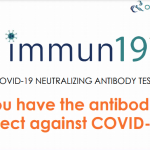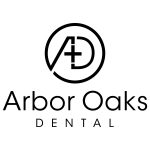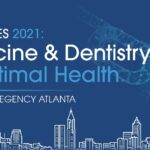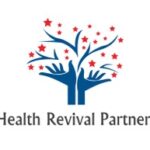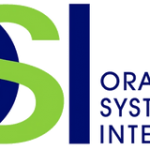
How many patients a day do you see with chronic disease or complicated medical histories? Sadly, obesity, diabetes, cancer, autoimmune and heart disease are all too common. What if there was a simple way to utilize the power of your hygiene department to not only improve the physical health of your patients but the financial health of your practice?
As dental professionals, we can help our patients detect, manage, and even avoid these and other health risks. We understand the re...
Read More


